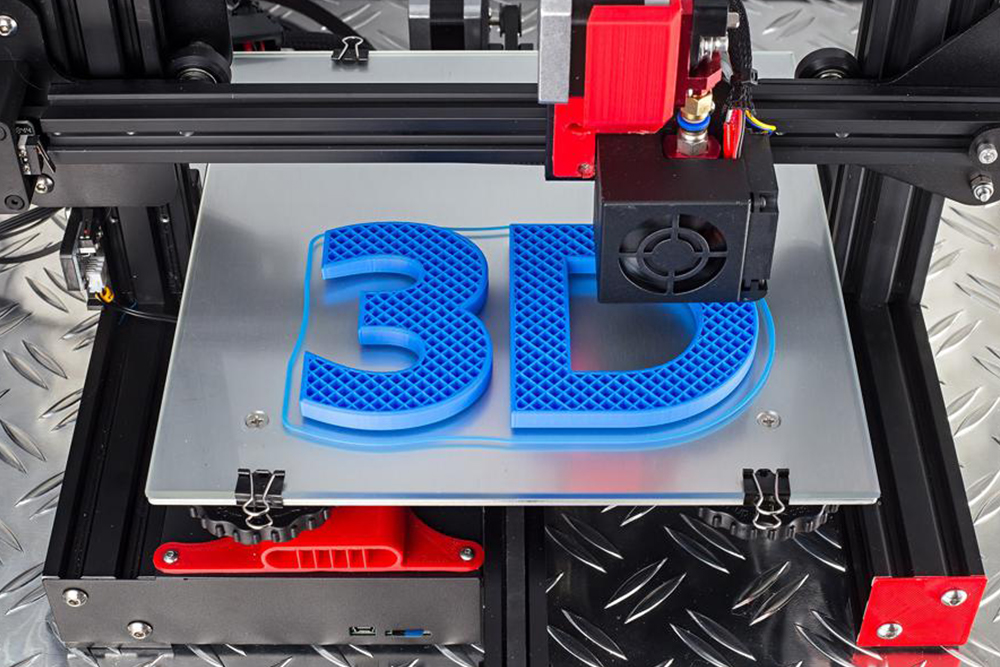The quality of metal 3D printed parts depends on the powder

As raw material, the quality of metal powder determines the quality of the final product to a large extent. In general, the cleanliness, morphology and particle size distribution of the powder are the key factors that restrict the forming performance of the parts.
The morphology of the powder directly affects the bulk density and fluidity, which in turn affects the powder feeding and spreading process and the final performance of the parts. In powder bed fusion additive manufacturing, the powder spreading mechanism spreads the powder particles evenly in the forming area, and good fluidity is the key to obtaining a uniform and flat powder bed. Spherical and near-spherical powders have good fluidity, high bulk density, high density and uniform structure, and are the preferred raw material powders for powder bed fusion additive manufacturing.
However, if hollow powder and satellite powder exist in spherical and near-spherical powders, the final performance of the parts will be reduced. Hollow powder accounts for a higher proportion in powders with a particle size greater than 70µm, which will cause defects such as pores in the formed parts that are difficult to eliminate; satellite powder will reduce the fluidity of the powder and hinder the uniform accumulation of the powder during the spreading of continuous powder layers, thereby causing part defects. Therefore, metal powders for powder bed fusion additive manufacturing should minimize the proportion of hollow powder and satellite powder in the powder raw materials.
Powder particle size distribution is used to characterize the composition and changes of particles with different particle sizes in the powder particle system, and is an important parameter used to describe the characteristics of powder particles.
The particle size of the powder directly affects the powder spreading quality, forming speed, forming accuracy and organizational uniformity of the additive manufacturing process. For different processes, the selected powder particle size is different. Generally speaking, laser selective melting technology (SLM) selects powders with a particle size of 15~45µm, and electron beam selective melting technology (SEBM) selects powders with a particle size of 45~106µm.
From the perspective of thermodynamics and kinetics, the smaller the powder particles, the larger their specific surface area and the greater the sintering driving force, that is, small particles of powder are conducive to the forming of parts. However, powders with too fine particles will lead to reduced fluidity, loose density, and electrical conductivity of the powder, and the powder’s formability will deteriorate, and spheroidization is prone to occur during the printing process. Too coarse powder particle size will reduce the powder’s sintering activity, powder spreading uniformity, and forming accuracy.
Therefore, according to the performance requirements of the final parts, the coarse and fine powders are properly matched to improve the bulk density and fluidity of the powders, which is conducive to the powder bed fusion additive manufacturing. The researchers believe that under the general particle size range of the laser powder bed fusion additive manufacturing process, the use of a wider particle size distribution can increase the filling of small-sized particles into the gaps between large-sized particles and improve the powder bed density during the powder laying process.
From the current research status of the influence of changes in powder characteristics on forming quality, changes in powder size, morphology and surface state affect the powder spreading and forming quality of the powder. In terms of forming density, reasonable particle size distribution, higher sphericity and reduced cohesion between particles can improve the loose density and powder spreading quality of the powder, further reduce the number of pores and unfused defects in the forming specimen, and improve the forming density.
